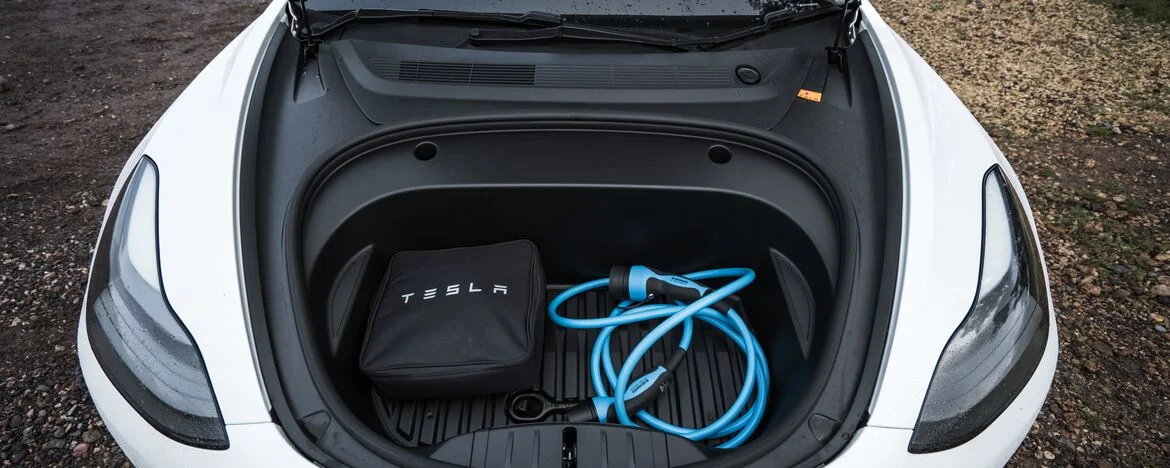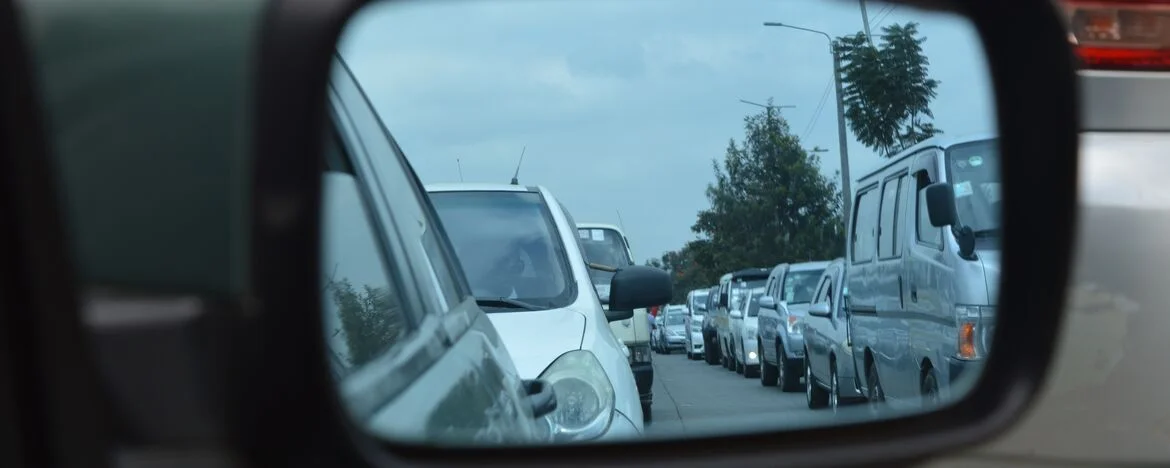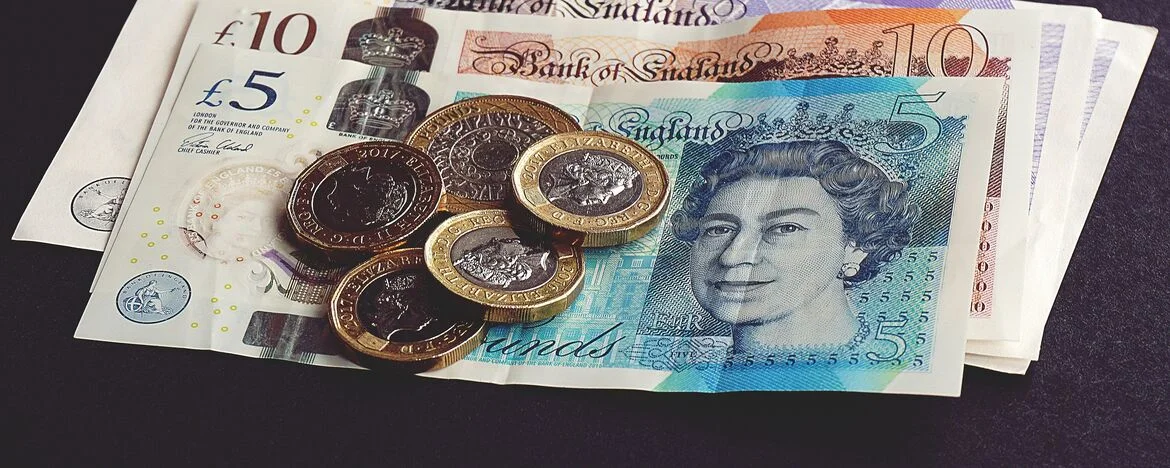Plans are afoot to get a new road pricing structure implemented in the UK as soon as 2024
The Transport Selection Committee’s report on road pricing has recently been submitted to MPs for consideration and, if approved, we could see it implemented across Britain’s highways in as little as two years.
As the first country to legislate on reaching net zero by 2050, the UK has a huge responsibility to pioneer schemes that effectively reduce our carbon footprint. Recent years have seen a conscious shift towards electrification to support these aims, alongside the widespread introduction of E10 fuel.
There’s no denying that the motor industry has seen a rise in interest in EV driving, which is unsurprising given the environmental benefits of switching from a traditional combustion engine to electric. Even better, an electric lease deal can also bring much lower running costs, Benefit in Kind (BiK) tax rates and zero VED (Vehicle Excise Duty or road tax) payments.








